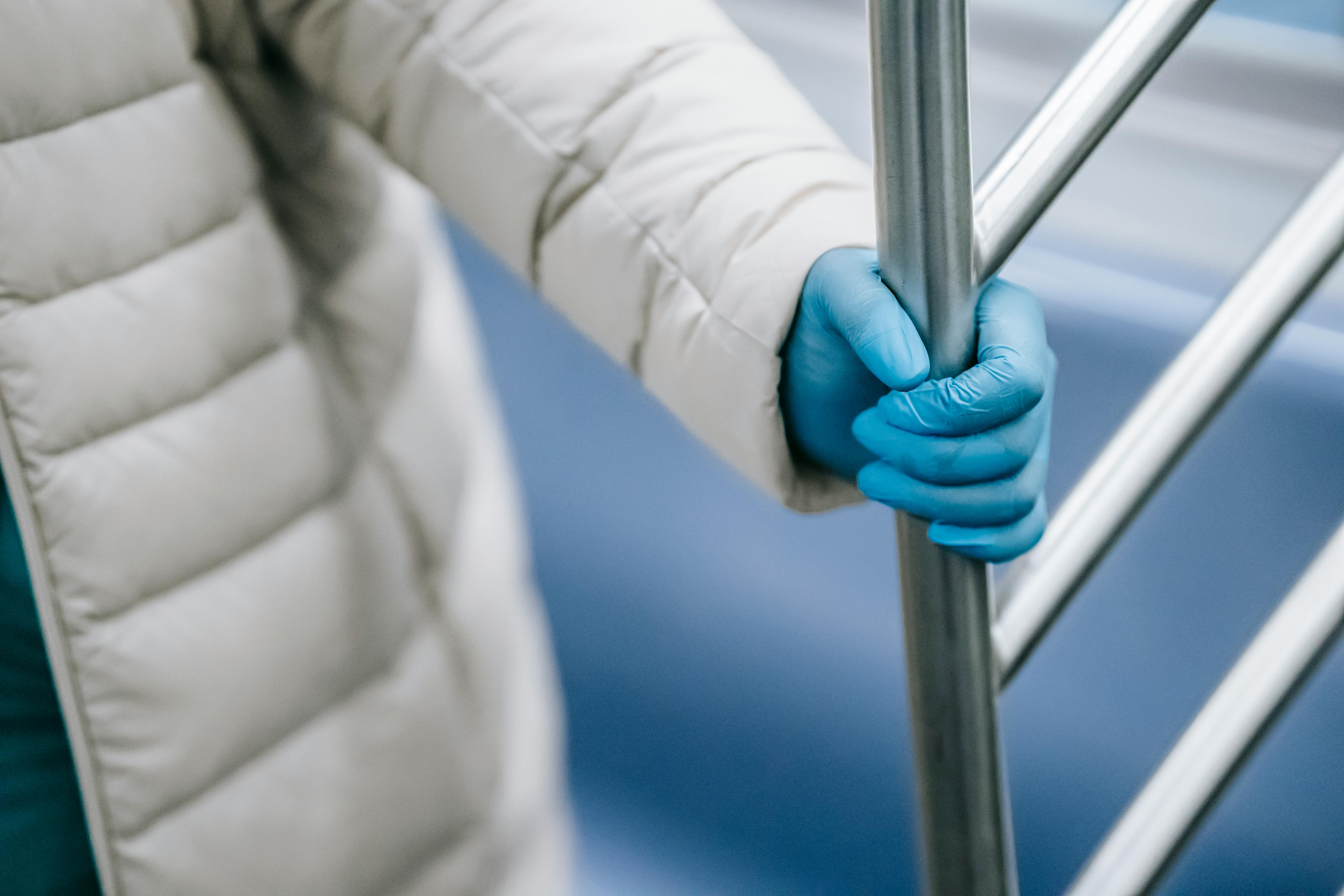A gallbladder removal surgery is not necessarily an easy procedure. After gallbladder removal surgery, some people have digestive problems and pain. The medical name for this condition is postcholecystectomy syndrome, and the gallbladder removal surgery is cholecystectomy. According to medical research, postcholecystectomy syndrome occurs in 15-40 percent of people without a gallbladder. If 700,000 cholecystectomies are performed annually in the US, that means a lot of people suffer from indigestion and pain.
The gallbladder undoubtedly plays a substantial role in digestion, and its work is closely connected with the liver, pancreas, bile ducts, sphincter of Oddi, duodenum, stomach, and even the colon. I write about this close connection and its inner workings in my book “Natural Health Before and After Gallbladder Removal.”
The liver produces bile which generally has two undeniably important jobs to do. First, the liver removes fat-soluble substances such as cholesterol, heavy metals, bile pigments, drugs, medications, and alcohol. Second, the liver allows proper digestion of fats and fat-soluble vitamins, the fuel the body needs. With these two responsibilities, the liver can only do its job with bile.
Bile plays the role of a garbage truck in the body. Bile is an unsung hero who deserves a medal for the hard work he does for our bodies. Everything we eat goes to the liver. Harmful substances and toxins are eliminated from our bodies. These harmful irritants can bother our bile ducts, sphincter of Oddi, duodenum, as well as cause inflammation and pain. As you can see, these irritants can affect various parts of the body, so a full body cleanse is helpful and recommended for people without a gallbladder. Caution: Do not use an olive oil “liver flush”; this is just for super healthy people who have gallbladders.
In the gallbladder, bile from the liver is collected and concentrated; then bile from the gallbladder makes its way to the duodenum, where food enters from the stomach to digest fats. When the gallbladder is removed, bile from the liver continually drains into the duodenum even when there is no food.
Why do some people suffer from pain and digestive problems after gallbladder removal? Why didn’t the pain go away after this surgical procedure?
Let me explain. Not many people realize that the liver and pancreas are alkaline glands. Since the glands are alkaline, bile and pancreatic juice (the fluid) are also alkaline. The alkalinity of bile and pancreatic juice is the vital factor for proper digestion and overall health of a person. If you take something significant away from this article, let it be alkalinity.
On the contrary, acidity causes profound changes in the biochemistry of these fluids. Acid bile is extremely aggressive, irritated, corroded and injures surrounding tissues such as the bile ducts and the sphincter of Oddi, the valve between the bile duct and the duodenum. It can be a big reason for pain and cramps.
Aggressive acidic bile corrodes the walls of the duodenum, which creates uneven and spasmodic contractions of the wall of the intestine. This imbalance causes bile reflux – aggressive acidic bile rises into the stomach or esophagus. This reflux of bile flow in the opposite direction is the main reason for stubborn heartburn, stomach inflammation, ulcers and Barrett’s esophagus.
Acidity leads to gallstones in the bile ducts which can create blockages, inflammation, and pain. Acid bile loses the ability to digest fats and fat-soluble vitamins A, D, E, and K. Undigested fats and corroded acid bile irritate the colon and cause chronic diarrhea.
If food is not properly digested in the small intestine, it is fermented by bacteria and yeast with regular gas, bloating, fullness, flatulence, and nausea. During fermentation many toxic substances are produced. With one step leading to the next, it’s no surprise or surprise that people can experience a long list of symptoms: fatigue, depression, weight gain or loss, low immunity, hormonal imbalance, skin reactions, etc. What can help restore healthy acid-alkaline balance? Fortunately, there are three natural ways to alkalize the body:
1. Alkaline diet
2. Drink healing mineral water from Karlovy Vary
3. Supplementation with minerals, such as cellular magnesium-potassium
By the way, anyone can find out if they are dealing with heartburn. At home, with litmus paper, you can check the pH of your saliva and urine. If they are lower than 6.6 pH, this is equal to the acidity. I focus on a healthy, alkaline diet in several articles and in my book Healthy Pancreas, Healthy You. Naturally, people can adhere to a normal, slightly alkaline environment, supplying their bodies with minerals and bicarbonate that come mainly from vegetables and water. Although much is known about an alkaline diet, and many people take minerals and supplements, there is a natural resource that is not well known in the United States by doctors or patients: drinking healing mineral water that has been shown to help people.
The use of Karlovy Vary healing mineral water for digestive disorders is neither rare nor exceptional in Europe. European doctors have recommended the use of healing mineral water for centuries. Karlovy Vary Healing Mineral Water is the most researched of all mineral waters. Numerous medical articles have proven its practical actions and safety. It is not necessary to be in Europe or speak a foreign language. You can get genuine thermal salt from Karlovy Vary and make healing mineral water at home, following the instructions provided.
With a lot of historical reference, European doctors have noted that the minerals, bicarbonate, and trace elements in Karlovy Vary Healing Mineral Water have an influence on digestive problems and pain in people with post-cholecystectomy syndrome.
An alternative non-pharmacological treatment that cannot be omitted from this article is acupuncture. Acupuncture is widely used for many digestive disorders throughout the world. Acupuncture can reduce pain, gas, stop diarrhea or nausea, help with weight loss, etc. Abdominal point massage performed by a trained professional can reduce pain and adhesions after surgery.
The groups of people who have been on Planet Earth for centuries had herbal remedies to treat their health problems. These herbal remedies still exist. Traditional Chinese medicine, European herbs, Ayurveda, or Native American herbs can help with diarrhea, constipation, aches, and spasms.
Restoring good intestinal flora is at the core of proper health for the gastrointestinal tract. An anti-Candida diet, herbs, probiotics, and colon hydrotherapy can restore the beneficial bacteria in the gut. This healthy environment within you can combat pain, gas, flatulence, and constipation.
Mother nature makes no mistakes. Every organ in the human body is made for a specific reason, and the gallbladder is no exception. Unfortunately, we cannot put the gallbladder back in the body, but there are safe and effective alternative medicine methods that do help. Tried and tested, these alternative methods really do work. These natural treatments can be used in conjunction with medical treatments, or they can be used as a stand-alone treatment. We strongly recommend that you find an experienced and knowledgeable doctor, or a doctor who professionally understands your pain and symptoms due to gallbladder loss.
The information in this article is presented for educational and informational purposes only. It is not intended to be a substitute for diagnosis, treatment and advice from a qualified licensed professional.



